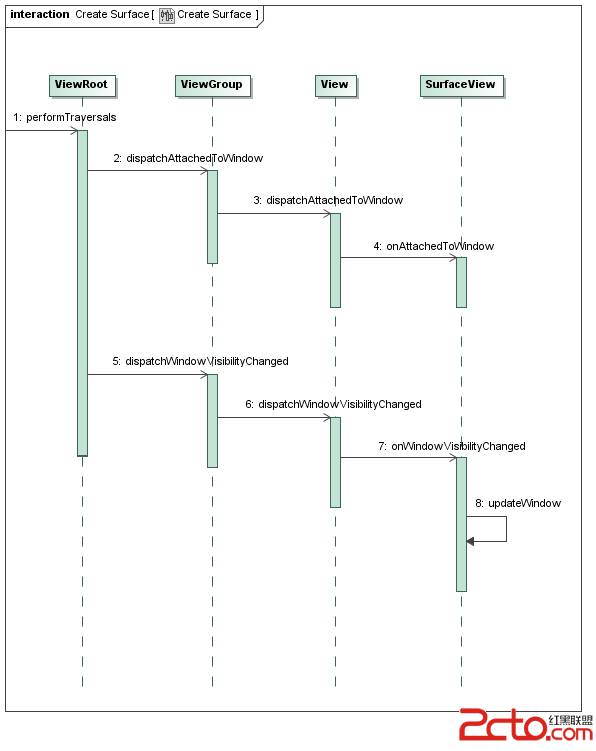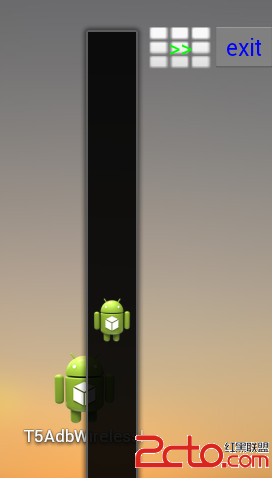Contest - 2013校赛暨华中邀请赛 Problem D: Tetrahedron Inequality
Problem D: Tetrahedron Inequality
Time Limit: 1 Sec Memory Limit: 128 MB
Submit: 14 Solved: 2
[Submit][Status][Web Board]
Description
It is well known that you cannot make a 易做图 with non-zero area whose sides have lengths 1, 2, 3. Can you make a tetrahedron(四面体) with non-zero volume whose edges have lengths 1, 2, 3, 4, 5, 6?
Input
The first line of input contains an integer 0 < n <= 10000, the number of lines to follow. Each of the next n lines contains six positive integers separated by spaces, the lengths of the edges of the desired tetrahedron. The length of each edge is no greater than 1000000.
Output
Output n lines, each containing the word YES if it is possible to construct a tetrahedron with non-zero volume with the given edge lengths, or the word NO if it is not possible.
Sample Input
2
1 2 3 4 5 6
10 10 10 10 10 18
Sample Output
NO
NO题意:输入六个数让你判断他们能否组成四面体。上次去抵达比赛没做出来的,当时想的太简单了,一直WA,比赛结束后才知道为什么,是任选五条边的各种三角形的组合没考虑。今天又做了一下,很快写好了,可是想AC还是不容易啊,具体的看注释吧
/**************************************************************
Problem: 1432
User: wust_*******
Language: C
Result: Accepted
Time:44 ms
Memory:760 kb
#include<stdio.h>
#include<math.h>
int judge(double a,double b,double c)
{
if(a+b>c&&a+c>b&&b+c>a) //能否组成三角形
return 1;
else return 0;
}
int cal(double a,double b,double c,double d,double e,double f)
{
if(a>1000) //因为题目说明了边的范围<=1000000<SPAN style="FONT-FAMILY: Arial, Helvetica, sans-serif; FONT-SIZE: 12px">,</SPAN><SPAN style="FONT-SIZE: 18px"><SPAN style="FONT-FAMILY: Arial, Helvetica, sans-serif">如果输入1000000的边长</SPAN><SPAN style="FONT-FAMILY: Arial, Helvetica, sans-serif">,看看后面的带乘法的运算每一个都能爆掉,这就是刚才WA好多的原因,所以对大数据要同时除以1000.0</SPAN></SPAN>
{
a/=1000.0;
b/=1000.0;
c/=1000.0;
d/=1000.0;
e/=1000.0;
f/=1000.0;
}
double L1,L2,h1,h2,x1,x2,ff;
L1=(a+b+d)/2.0;
L2=(a+c+e)/2.0;
h1=2*sqrt(L1)*sqrt(L1-a)/a*sqrt(L1-b)*sqrt(L1-d);// 算高的
h2=2*sqrt(L2)*sqrt(L2-a)/a*sqrt(L2-c)*sqrt(L2-e);
x1=(b*b+e*e-d*d-c*c)/4/a/a*(b*b+e*e-d*d-c*c);//两个三角形高之间的距离平方
ff=f*f;
if(ff<(h1+h2)*(h1+h2)+x1&&ff>(h1-h2)*(h1-h2)+x1) //根据任意可以组成两个三角形的五条边来算第六条边f的长度范围,看f是否在这个范围内
return 1;
else return 0;
}
int main()
{
int t,a,b,c,d,e,f,i,j;
double r[6];
scanf("%d",&t);
while(t--)
{
for(i=0;i<6;i++)
scanf("%lf",&r[i]);
for(j=0,a=0;a<5;a++)
{
for(b=0;b<5;b++)
{
if(a!=b)
for(c=0;c<5;c++)
{
if(a!=c&&b!=c) //保证不会选重边
for(d=0;d<5;d++)
{
if(a!=d&&d!=c&&b!=d&&judge(r[a],r[b],r[d]))
for(e=0;e<5;e++)
{
if(a!=e&&d!=e&&b!=e&&c!=e)
if(judge(r[a],r[c],r[e]))
{
if(cal(r[a],r[b],r[c],r[d],r[e],r[5])) //计算能否组成四面体
{
j++;
break; //有一个成立就退出循环
}
}
if(j)
break;
}
if(j)
break;
}
if(j)
break;
}
if(j)
break;
}
if(j)
break;
}
if(j)
printf("YES\n");
else printf("NO\n");
}
return 0;
}
{
a/=1000.0;
b/=1000.0;
c/=1000.0;
d/=1000.0;
e/=1000.0;
f/=1000.0;
}
double L1,L2,h1,h2,x1,x2,ff;
L1=(a+b+d)/2.0;
L2=(a+c+e)/2.0;
h1=2*sqrt(L1)*sqrt(L1-a)/a*sqrt(L1-b)*sqrt(L1-d);// 算高的
h2=2*sqrt(L2)*sqrt(L2-a)/a*sqrt(L2-c)*sqrt(L2-e);
x1=(b*b+e*e-d*d-c*c)/4/a/a*(b*b+e*e-d*d-c*c);//两个三角形高之间的距离平方
ff=f*f;
if(ff<(h1+h2)*(h1+h2)+x1&&ff>(h1-h2)*(h1-h2)+x1) //根据任意可以组成两个三角形的五条边来算第六条边f的长度范围,看f是否在这个范围内
return 1;
else return 0;
}
int main()
{
int t,a,b,c,d,e,f,i,j;
double r[6];
scanf("%d",&t);
while(t--)
{
for(i=0;i<6;i++)
scanf("%lf",&r[i]);
for(j=0,a=0;a<5;a++)
{
for(b=0;b<5;b++)
{
if(a!=b)
for(c=0;c<5;c++)
{
if(a!=c&&b!=c) //保证不会选重边
for(d=0;d<5;d++)
{
if(a!=d&&d!=c&&b!=d&&judge(r[a],r[b],r[d]))
for(e=0;e<5;e++)
{
if(a!=e&&d!=e&&b!=e&&c!=e)
if(judge(r[a],r[c],r[e]))
{
if(cal(r[a],r[b],r[c],r[d],r[e],r[5])) //计算能否组成四面体
{
j++;
break; //有一个成立就退出循环
}
}
if(j)
break;
}
if(j)
break;
}
if(j)
break;
}
if(j)
break;
}
if(j)
break;
}
if(j)
printf("YES\n");
else printf("NO\n");
}
return 0;
}
补充:移动开发 , Android ,




